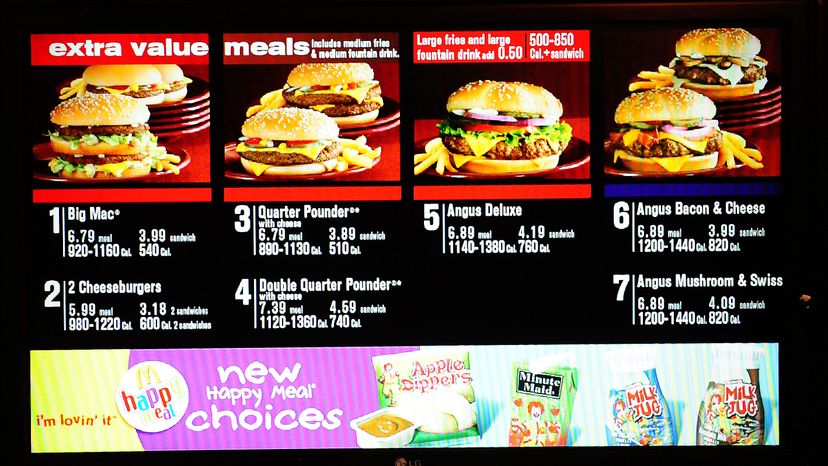
Ever had the experience of going to a fast-food or chain restaurant and deciding not to order your favorite meal once you’ve read the number of calories it has?
You’re not alone. But how often does this happen? A group of researchers decided to look at how nutrition labeling affects restaurant food choices, and their findings were published in the Feb. 27, 2018, issue of Cochrane Review.
Their review examined 28 already published studies on the topic of nutrition labeling in restaurants. To curb obesity, "internationally, many different nutritional labelling schemes have been introduced. There is no consensus on whether such labelling is effective in promoting healthier behavior," the scientists write in their review.
The researchers were hardly satisfied with the existing body of evidence, referring to many of the studies as "small" and "low-quality." Despite this, they determined that data appeared to suggest that nutritional labels featuring calorie counts on menus could play a role in food choices, "but more high-quality studies are needed to make this finding more certain." At the very least, "there was no evidence that nutritional labelling had the unintended harm of increasing energy [calories] purchased or consumed," they write.
The average adult needs between 2,000 and 2,500 calories per day to maintain their current weight. However, when Americans go out to eat, they often exceed their entire daily allotment with just one restaurant entrée, according to another study.
Restaurant chains with 20 or more locations have been mandated by the U.S. Food & Drug Administration to display calories "clearly and prominently" on menus and menu boards next to the name/price of the food or drink in question. They must comply by May 7, 2018. Any company that owns or operates 20 or more vending machines must also follow suit, with calories shown on a sticker, poster, placard or on digital displays near each item.
The researchers also called for studies specifically aimed at venues besides restaurants, like grocery stores and vending machines, as well as ones looking at how other factors, like socioeconomic status, affect food selection. "There is no ‘magic bullet’ to solve the obesity problem, so while calorie labelling may help, other measures to reduce calorie intake are also needed," says lead author, Theresa Marteau, a professor at the University of Cambridge, in a press release.
Now That’s Cool
Restaurants like Panera Bread, Jason’s Deli and even fast-food giant McDonald’s have been lauded for providing a range of healthy options and displaying calorie content even before it was required. Now, resist the urge to over-order and you’re all good.